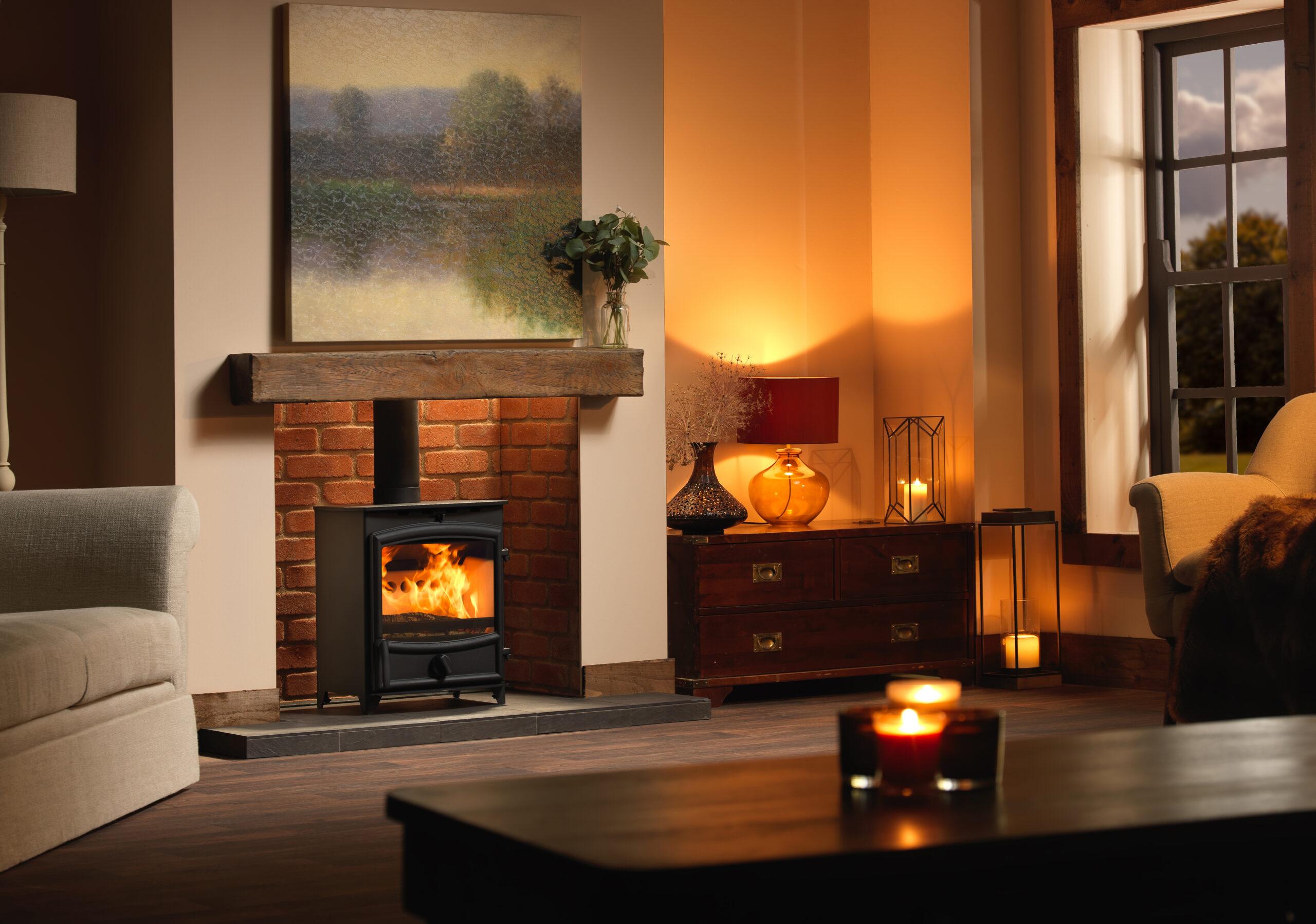Date posted: 02.12.24
December 2024 has started off rather mild after a cold snap and snow paying a visit in November. There is nothing better than snow before Christmas to really get in the festive swing! However, with the snow and frost comes the cold, and the need for effectively warming your home. This is far from ideal for some.

Here are a few useful tips to help keep your home warm during the colder periods.
- Thick Curtains – One of the very best ways to keep your home warm in the winter is to have thick curtains. Many homes, especially those that don’t have double glazing will lose a considerable amount of heat through windows. As curtains are designed to cover windows, it makes perfect sense to ensure you have thick curtains for the winter. Some curtains do have thermal linings, so you don’t necessarily need to go ultra-thick to keep warm.
. - Chimney Balloons – If you have a chimney with an open fire that you no longer use, then you should consider investing in a chimney balloon. Unless you have a gas fire or wood burning stove fitted then you will be wasting a great deal of heat through an exposed, open fire – as the heat will quickly find its way up the chimney. Chimney balloons cost from £20 and are a very quick and easy fix to creating a warmer home by blocking heat from exiting up the chimney!
. - Giving Radiators Space – Make sure you keep your radiators away from the furniture. Having your sofa right up against the radiator may look cosy, but it will absorb a great deal of heat. Giving your radiator a little space will allow all the heat to warm the room up. You can also further help a radiator become even more efficient, by fitting reflective foil at the back, allowing it to reflect heat away from the wall it sits on, back into the room.
. - Small Drafts – There are a number of small drafts around the home, which can all contribute to heat loss. Examples are letterboxes, where brush closers are ideal for stopping junk mail leaflets and also stopping excessive drafts. Keyhole covers are great at stopping drafts through keyholes – especially with older homes, which may have more traditional, larger locks fitted. Small drafts in windows can be tackled by fitting double glazing film, which although is not as good as the real thing, is a great deal cheaper.
. - Cover Bare Floors – Did you know that floors that are not insulated can account for up to 12% of total heat loss in a room? If you do not want to use carpet in a room, then using a rug or mat will help.
. - Getting Your Timing Right – If you are experiencing very cold weather consider setting your heating to come on before you arrive home, to allow the house to become warm, as opposed to arriving home, feeling cold, and putting the temperature right up (much warmer than you usually have it) to get warm. Having the heating on for longer, with a lower more stable temperature, will be much more fuel efficient, and more comfortable than shorter hot blasts.
. - Loft Insulation – DIY loft insulation can be a great way to keep your home warm. Although you can get a professional to install it, you can also do this yourself if you have easy access to your loft.
. - Switch On Your Ceiling Fan – Switching your ceiling fan on, in a clockwise direction will help circulate warm air back towards the lower parts of the room. Hot air rises, so switching on your fan will ensure this warm air is pushed back down to where it should be – warming you up!
. - Layer Your Blankets – Fluffy blankets should be closer to your skin, with dense blankets on the outside to help prevent convective heat loss. This can be an efficient way to keep a warmer in bed when the heating may be switched off.
. - Switch Between Hot & Cold – A hot shower may warm you up on a cold morning. However, a cold shower will help improve blood flow between your skin and organs, plus talking cold showers are also correlated with an improved immune system. If taking a cold shower is too much then switch between hot and cold and see how that helps you. Using less hot water will save you money too.
.
Hopefully, some or all of these 10 tips will help inspire you this winter to save money, and keep warm and healthy.
.
.
.
.
.
.








